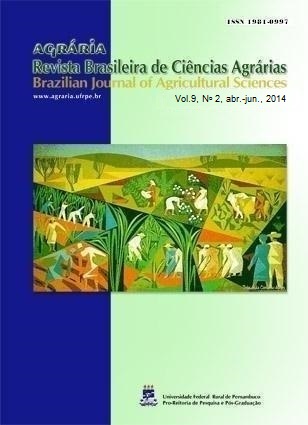Nutrient cycling in tropical pasture ecosystems
DOI:
https://doi.org/10.5039/agraria.v9i2a3730Keywords:
excreta, litter, pasture, warm-season grass, warm-season legumeAbstract
In most forage production systems, essential nutrients required for plant growth are provided by different pools in the ecosystem. In general, warm-climate grasslands are characterized by extensive grazing systems with minimal inputs of commercial fertilizer and supplemental feed, primarily because of unfavorable economics of fertilization or limited availability of fertilizer material. Low soil N availability is a major limitation in tropical and subtropical pasture systems, and it represents one of the main causes of pasture degradation. The major pools of N in grazed grasslands are soil, vegetation, grazing animals, and atmosphere. Fluxes among the various pools are complex and are affected by biotic and abiotic factors such as climate, soil organisms, forage species, and herbivores. Therefore, nutrient cycling is a vital component in maintaining pasture sustainability because it represents an important source of nutrients to warm-season grass pastures. Excreta and litter are the two major pathways for herbage nutrients to return to the soil. Litter quantity and chemical composition are determinants in litter deposition and decomposition and are greatly affected by grazing management practices. The use of warm-season legumes in warm-season grass stands is a potential management practice that can improve litter decomposition and N inputs to warm-season grass pastures. Approximately 70 to 90% of the nutrients consumed by ruminants return to the pastures via excreta deposition; however, nutrient return through excreta is not uniform. Stocking method, portable shade and water systems, and strategic fencing are effective management practices to improve excreta distribution on pastures. The adoption of management practices that improve nutrient cycling is a determining factor to reduce warm-season grass pasture degradation and optimize productivity and persistence.
Downloads
Downloads
Published
How to Cite
Issue
Section
License

This work is licensed under a Creative Commons Attribution-NonCommercial 3.0 Unported License.


